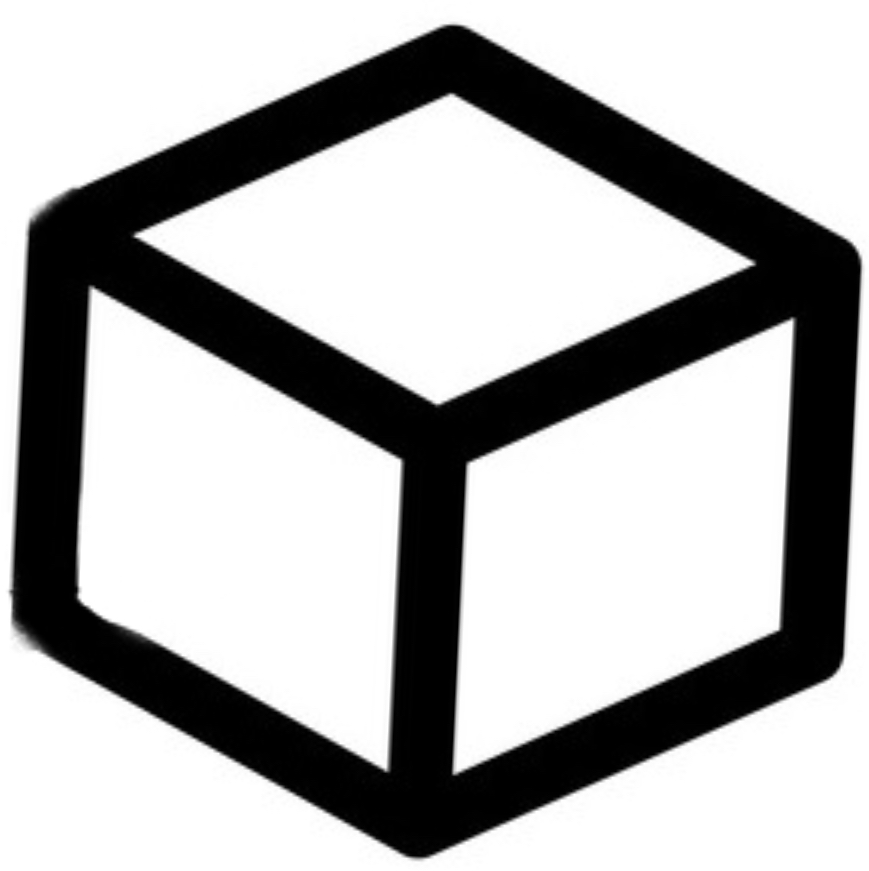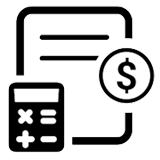Insurance Obligation
Under FDIC financial institutions are obligation to report estimated uninsured deposits in accordance with the instructions to the Call Report. However, does not apply to banks with less than $1 billion in total assets that do not report estimated uninsured deposits.
If an institution has deposit accounts with balances in excess of the federal deposit insurance limit that it has collateralized by pledging assets such as deposits of the U.S. government and of states and political subdivisions in the U.S. then it should make a reasonable estimate of the portion of these deposits that is uninsured using the data available from its information systems, according the FDIC rules.
Some institutions incorrectly reduced the amount reported to the extent that the uninsured deposits are collateralized by pledged assets, the FDIC rules says. “This is incorrect because in and of itself, the existence of collateral has no bearing on the portion of a deposit that is covered by federal deposit insurance.” The FDIC also states some institutions incorrectly reduced the amount reported on Schedule RC-O by excluding intercompany deposit balances of subsidiaries.
The basics of deposit insurance
To make it simple, Federal Deposit insurance Corporation is the federal government’s guarantee that your money is safe at any insured bank — by up to $250,000 per account that the bank considers as “Covered Funds.”
To simplify this, FDIC is basically business insurance for banks. Since bank are money service business the money is guaranteed by the Federal Deposit Insurance Corporation, which is funded by fees paid by major US banks, somewhat like homeowner and automobile insurance or bonding insurance.
Why do we need it?
The FDIC was created in 1933, right around the time of the Great Depression when bank runs and fraud were high. About 40% of US banks went under between 1929 and 1933, according to James Lee and David Wessel at The Brookings Institution.
The role of deposit insurance is, in the words of the International Monetary Fund, It said it is “to stabilize the financial system in the event of bank failures by assuring depositors they will have immediate access to their insured funds even if their bank fails, thereby reducing their incentive to make a ‘run’ on the bank.”
What happens if you have more than $250,000 in your account?
The fact is, anything in a bank account over $250,000 could be lost if a bank shuts down. That’s the facts. About 40% of all money in the US, or $8 trillion, sitting in banks is uninsured, said Lawrence White, a professor at New York University’s Stern School of Business.
It’s all the same
While $250,000 is a lot of coverage for an individual account, it doesn’t do much for a small or medium-sized business that needs to cover payroll and pay suppliers that exceeds that.
The Split and Sweep
To maintain coverage The larger a business is would Spilt theirs funds across multi accounts, but the larger company the more difficult it becomes to split that money across banks. If a company had $10 million, it would in theory need to establish accounts at 40 different banks to guarantee its money is insured by the FDIC.
Instead, companies can keep their cash safe through a few different methods. Like investment banks, depository banks often offer investment options something called “collateralization,” where they provide collateral, like securities and bonds, to secure the amount that exceeds the FDIC-insured limit, such as CDs and IRAs.
Accountholders also use “sweep accounts” where the funds are automatically “swept” overnight into investment vehicles such as money market funds. Some companies also employ services that automatically distribute their funds across several banks, ensuring that each portion is below the FDIC insurance limit.
Companies often allot a portion of their cash in direct government securities, such as Treasury bills, which are considered safe investments backed by the full faith and credit of the government. It’s important also carefully monitor the health of your banks to ensure their money is safe.
What is the safest option?
The best way to keep you money safe, is the obvious, keep it in a safe at a safe location out the way of others “Off the Money Market” by keep it near you but not on you that is outside the banking and payment system. You could try getting a home safe or a safety deposit box at the bank or private locations. You would only deposit fund that is needing transfer or for payments; and when transaction are received in an account, have it automatically sweeper directly to a offline hardware medium for storage and custody.




